Spring is just around the corner. That means every gardener is starting to prepare tools, soil, and grow their seedlings indoors to get ready for spring planting. There will be a lot to do, so it would be easy to forget all the necessary tasks which should be completed to have a successful harvest. With some maintenance and planning, your garden will flourish and thrive for the next season. This comprehensive guide will show you some useful tips on how to prepare garden for spring planting.
Clean your gardening tools
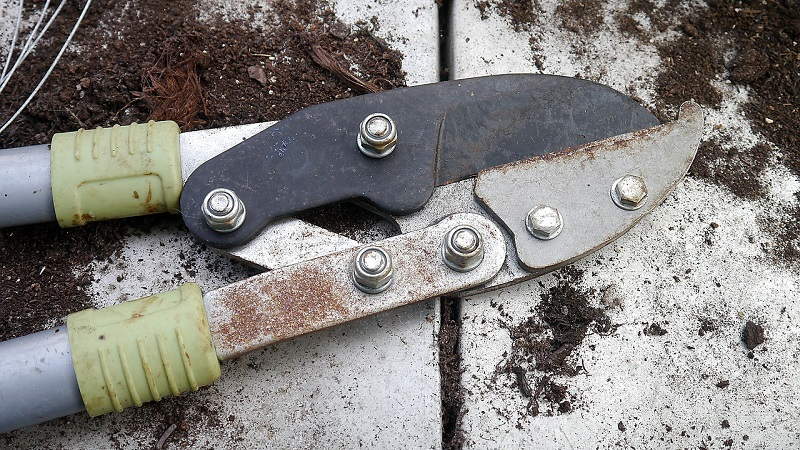
Before using gardening tools for planting, make sure to clean them with a soapy washcloth or sponge, then rinse with clean water. This is really important for proper growth because seeds are typically sensitive and can be negatively affected by harmful components in these tools. For example, you would easily wash spades, shovels, rakes and similar items by your hands. For bigger machines like garden rotavators, consider purchasing a high-pressure hose for thorough cleaning.
Clean your garden plot
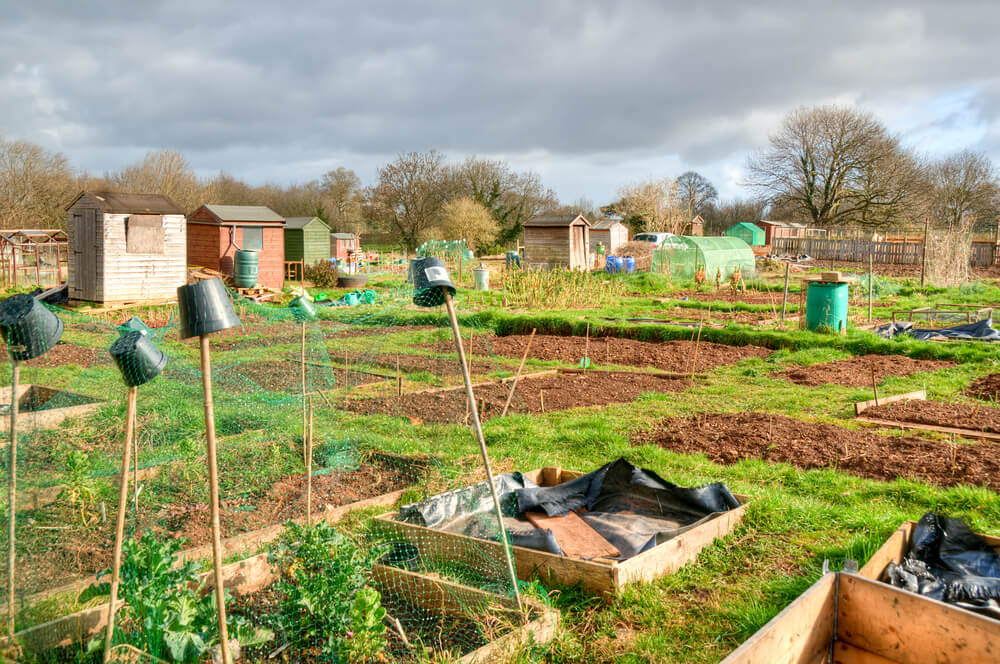
The next step is to remove all debris, leaves, branches, and weeds from your garden. After a few months of the winter, these elements might accumulate on your plot. Keep in mind to wear a pair of gardening gloves which is durable enough to protect your hands from dangerous components. Also, it is a good idea to make the task easier with a rake. You would place the lawn debris in your compost pile for later use, or keep it in some lawn garbage bags.
Create a compost area
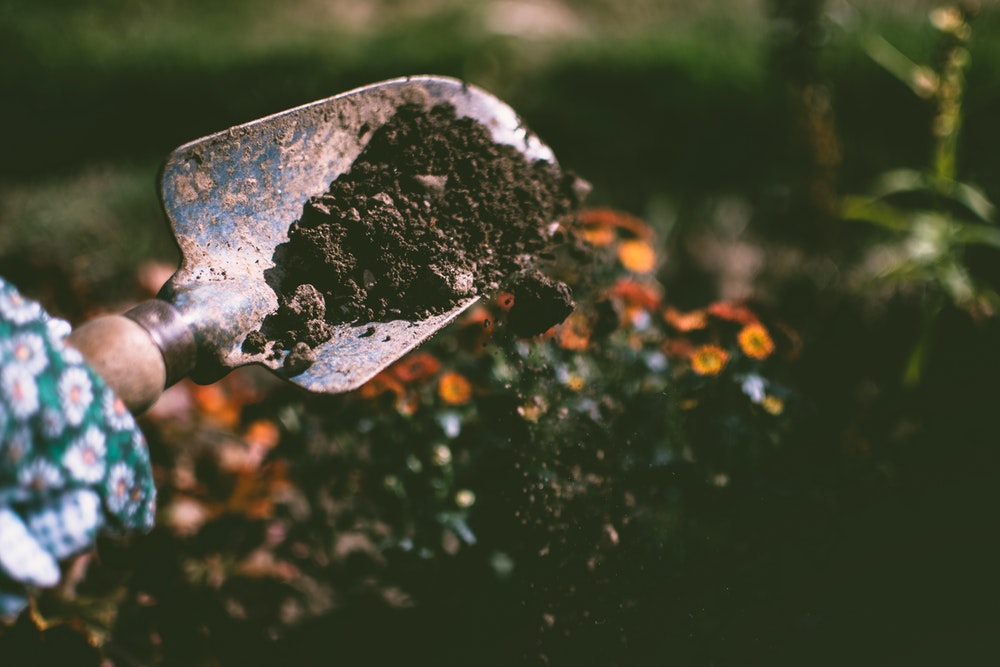
A compost pile is beneficial as it is an effective and simple yet affordable way to add essential, rich nutrients to the soil in your garden. Firstly, you should buy a compost bin in any home supply stores or make your own one, then put it in on solid ground. The next step is to lay straw and twigs a few centimetres deep, then add some organic materials such as food scraps, branches, leaves, grass and manure clippings. Once everything has done, just cover the compost pile with a piece of plastic or wood.
Remove pests in the garden
Before planting your garden, keep in mind to locate any hibernating pest such as aphids, snails, or slugs. They often hide in the top of the perennial plants for shelters during the winter. In case you find these things in the potting soil, make sure to replace it with another fresh mix. There are many ways to remove garden pests such as parasitic nematodes, oil sprays, or sticky straps. Avoid any harmful chemicals because these would contaminate the soil and affect your plants.
Test the soil
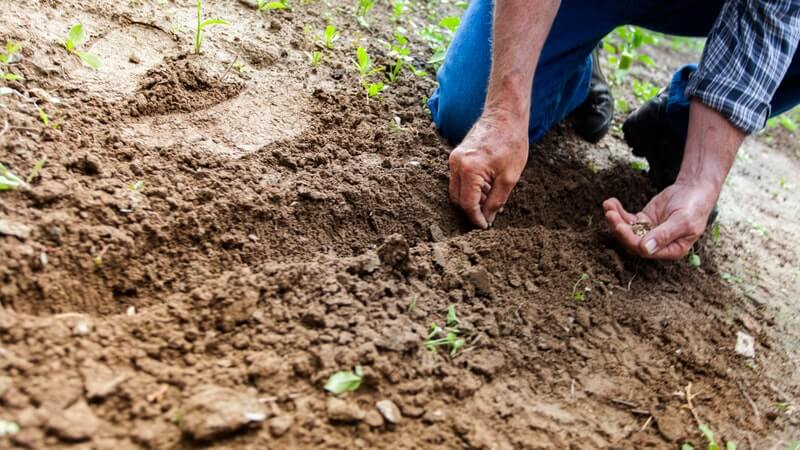
Before growing your crops, it is necessary to test your garden soil to determine its pH level and nutrient composition after the winter. All you need is a test kit which can be purchased in any garden stores. Firstly, dig up one or two tablespoons of dirt from the top area for sampling. After that, fill up the sample to the indicated line and use a dropper to add distilled water. Wait a couple of minutes until the soil test completes. Do this for both pH levels and nutrients by checking the indicator’s colour and match it with the provided key on the test kit.
If you want to make your garden soil more acidic, simply add iron sulfate, aluminium sulfate, or sulfur. To make it more basic, use lime or powdered limestone, while fertiliser is the best option to add some missing essential nutrients.
Prepare your soil
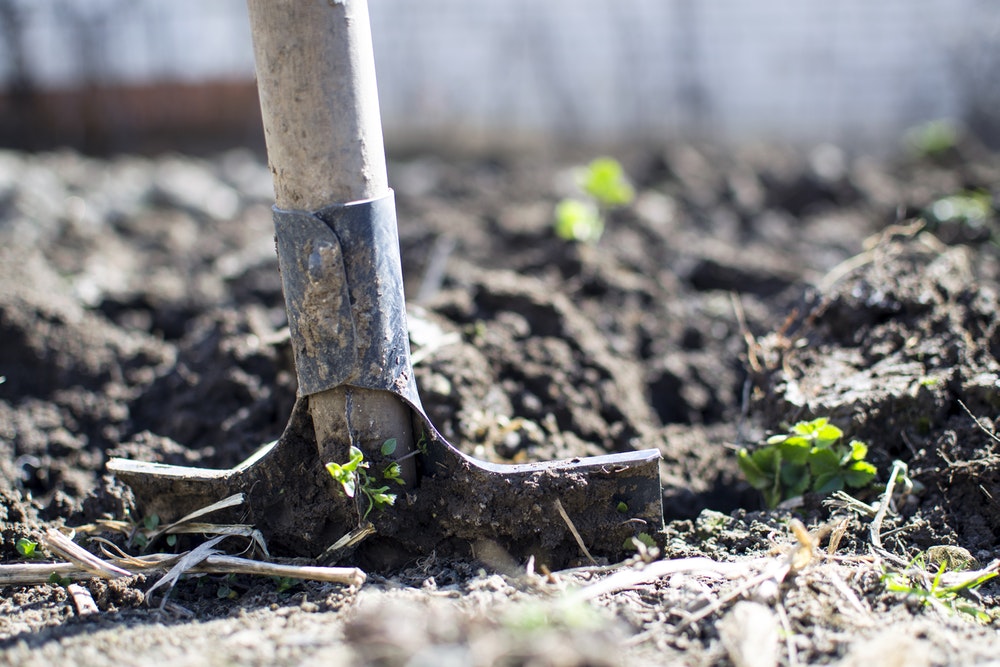
Use a garden fork or rake to clear away any lawn debris left in your garden during the winter. After that, turn the soil with a shovel to remove all weeds. If your soil is crumbly or dry, you could break it up easily with a digging fork or shovel. If there are still some stubborn weeds, consider ripping them out with your bare hands. Make sure to do this task at least two to four weeks before planting the crops.
Spread compost
Once the garden bed has been turned over, spread around 1.5 to 2.5 centimetres layer of compost 2 to 4 weeks before planting your garden. You could use a rake or garden spade to speed up this step. Keep in mind that sandy soils and heavy clay often require more compost. So if your garden has these types of soil, make sure to spread a thicker layer and till it in the soil. You could buy compost bags from a garden store or scoop it from the existing pile with a shovel.
Add a fertiliser
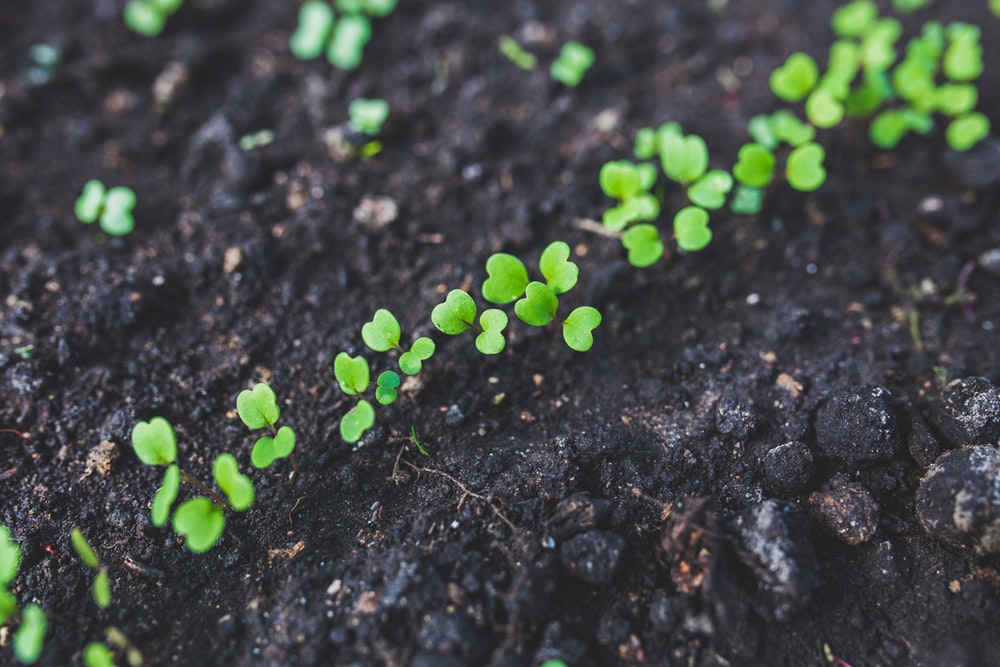
The next step is to add a layer of mulch, grass clippings, and fertiliser. All of these components will provide your garden soil with essential nutrients for plants’ growth. If you find out the soil lacks some particular nutrients after testing, buy the necessary type of fertiliser and spread it on top of the compost. If the nutrients are already balanced, then you just need to add mulch and grass clippings as extra materials, which can improve moisture retention and slow down the growth of weeds. Also, using mulch with your compost would create healthier soil.
Choose and purchase your starter plants or seeds
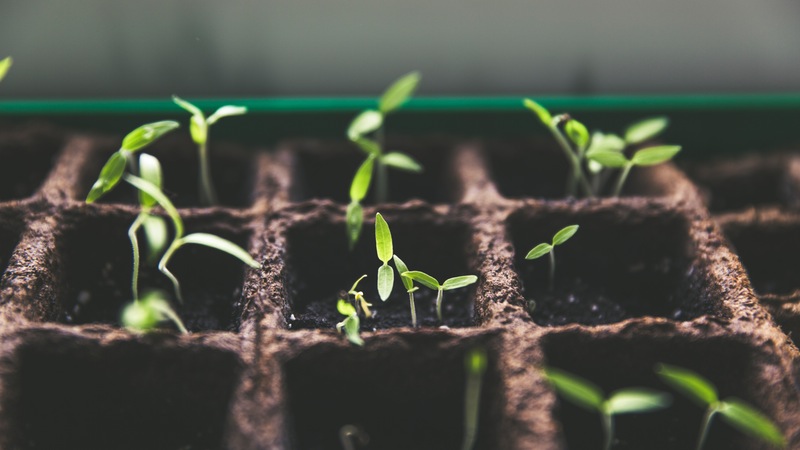
The last preparing step is to decide between starter plants or seeds. Growing plants from seeds is easy, but you need to do this indoors before moving them outside. Alternatively, it is a good idea to grow starter plants which are already developed to immediate sizes after the winter. While starter plants are often more expensive, both options work well to start your spring garden.
Once you have made your decision, visit the local garden centre and pick out what veggies or flowers you want to grow. In some parts of the country, it is also possible to buy seeds online, which is more convenient.
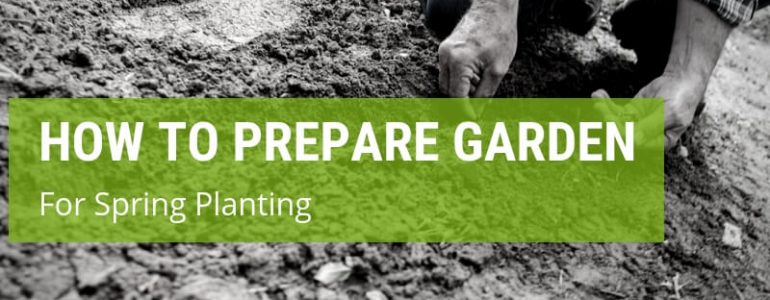



This was the perfect positive blog for ‘Blue Monday’. Even just the simple act of cleaning your gardening tools is a brilliant way of looking forwards to spring planting! As you say, it’s great to start choosing your seeds. Even if you feel it’s a bit early to purchase them, you can always write a list of seeds you plan to buy!